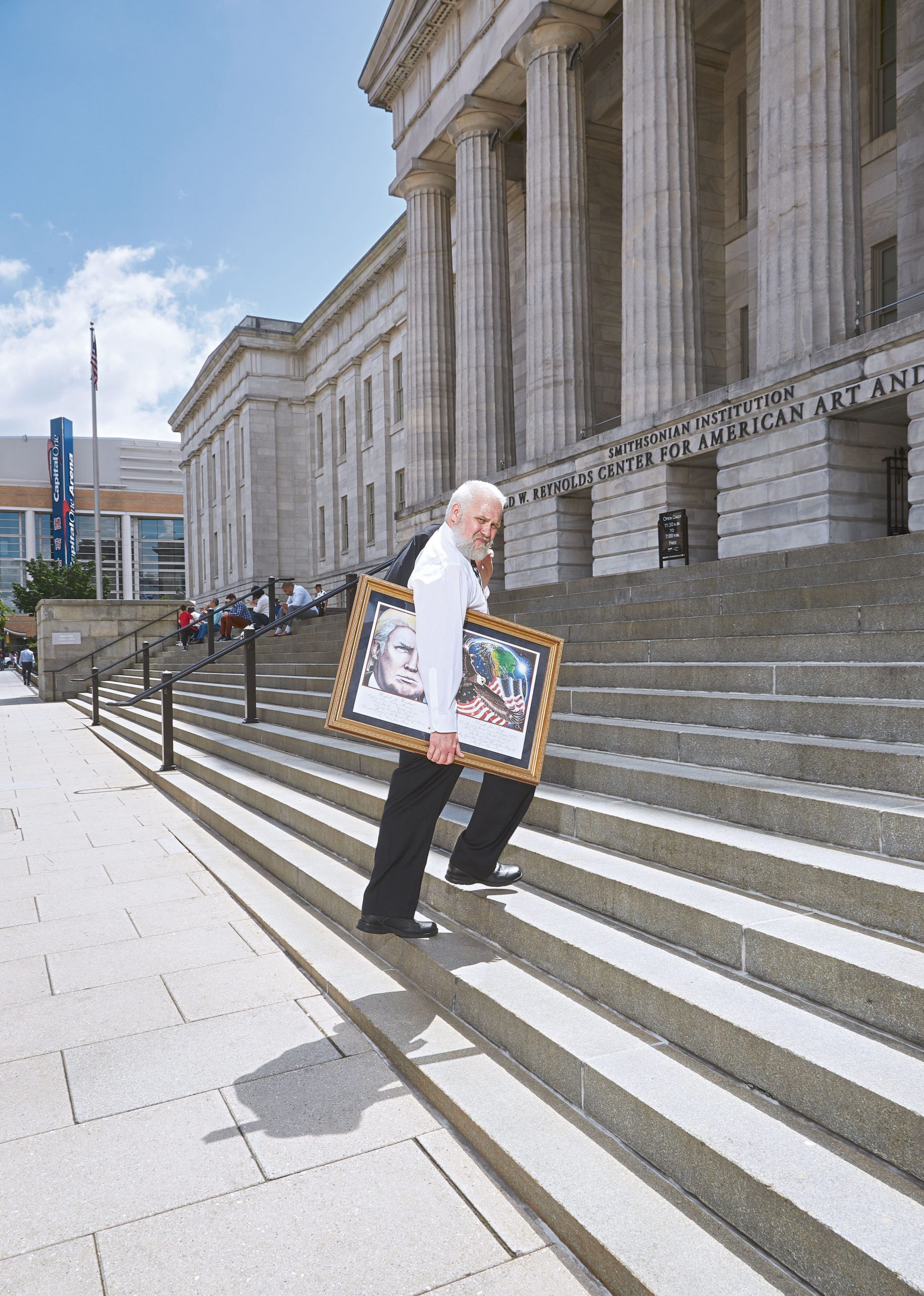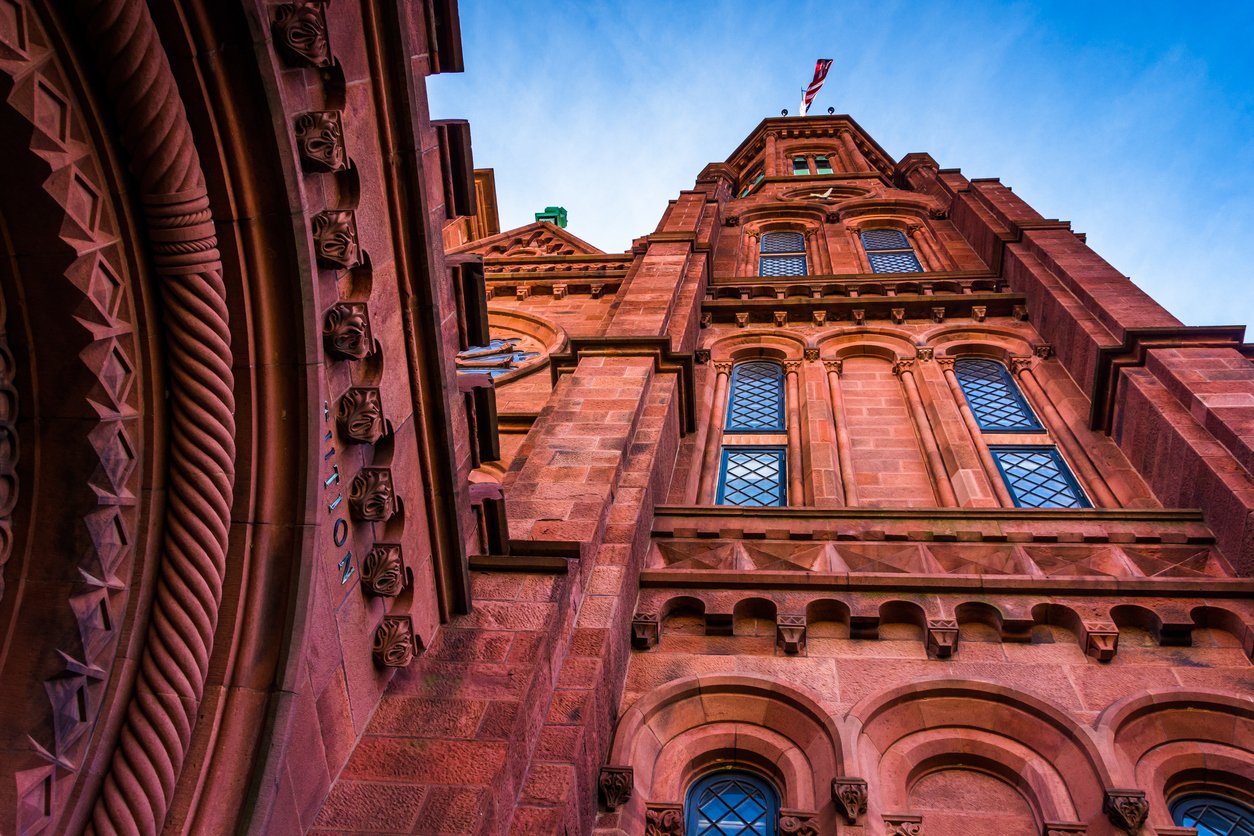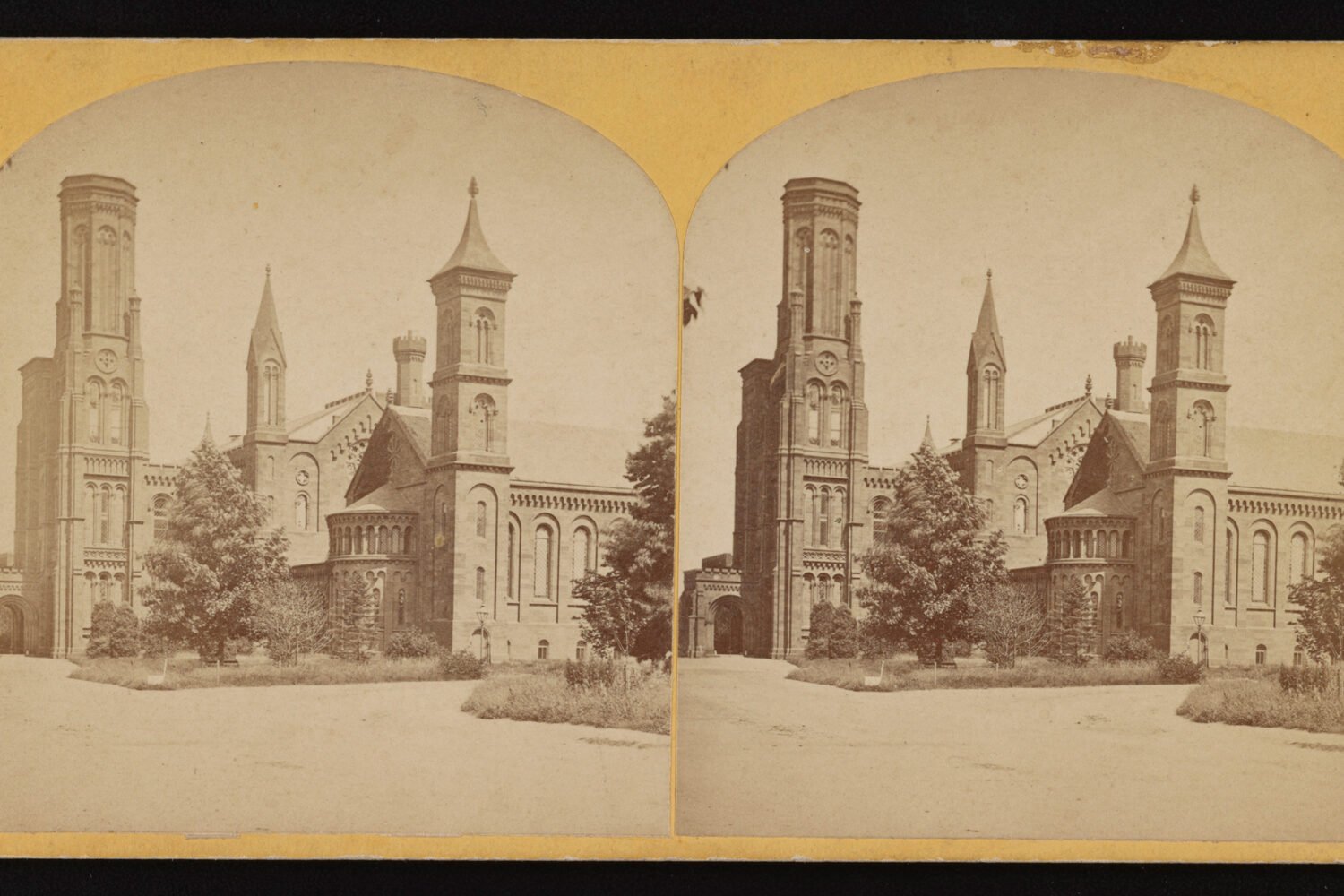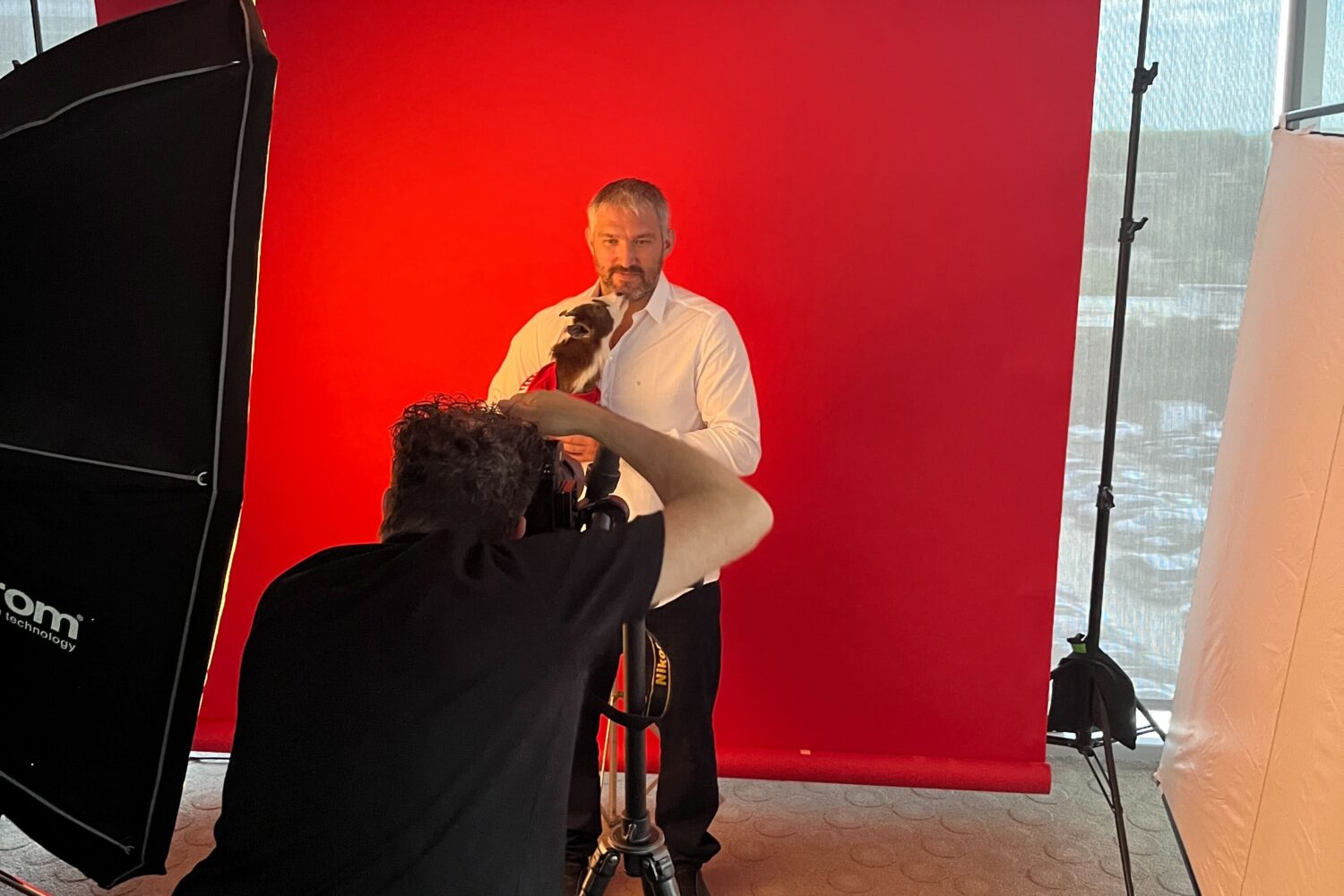New York-based artist Julian Raven became something of a right-wing celeb for his sprawling painting of Donald Trump—complete with American flag-piercing bald eagle and border wall map—and his subsequent legal battle with the Smithsonian’s National Portrait Gallery to get it displayed. After the January 6 storming of the Capitol Building, however, the two-time Trump voter spoke out against his former hero, calling on him to resign. Now, the painter says the museum should not display a photo portrait of Trump destined for its presidential gallery when it reopens in the coming months.
“I believe the right thing to do would be to hang a black cloth over the photo and that no honor be given to him until he repents before God and man,” says Raven, who was the subject of a 2019 Washingtonian feature story.
Raven says he has nothing against the artwork itself; In fact, he thinks it’s a “beautiful” photo. “It reflects the best time when he was in office,” he says. But, Raven says, Trump shouldn’t be honored with a portrait until the former president “humbles himself” and takes responsibility for his actions surrounding election fraud claims and the insurrection.
“The worst part for me was all the people then and now being arrested and their lives being ruined for being duped into this pseudo-revolution. And he gets into a plane and flies off to his mansion on the beach,” Raven says. He thinks Trump should give them financial assistance during their incarceration.
Raven’s own Trump painting is sitting in storage for now, though he hopes to display it again “because it’s a historic work of art.” He says he’s not planning any more political paintings: “It produced so much toxicity that I was, like, I don’t want to do this anymore.”
Instead, Raven is “painting with words.” He’s writing a book about his journey with the Trump painting and Smithsonian history. (Long story short: Raven applied to have his magnum opus displayed at the National Portrait Gallery. They museum’s director Kim Sajet called and allegedly told him “the painting is no good.” He sued, arguing the public institution “belongs to ‘We The People'” and was guilty of fiduciary neglect. He lost, appealed, and lost again.)
“The Supreme Court refused to hear my appeal,” Raven says, “so I’m taking my appeal directly to the American people.”
















